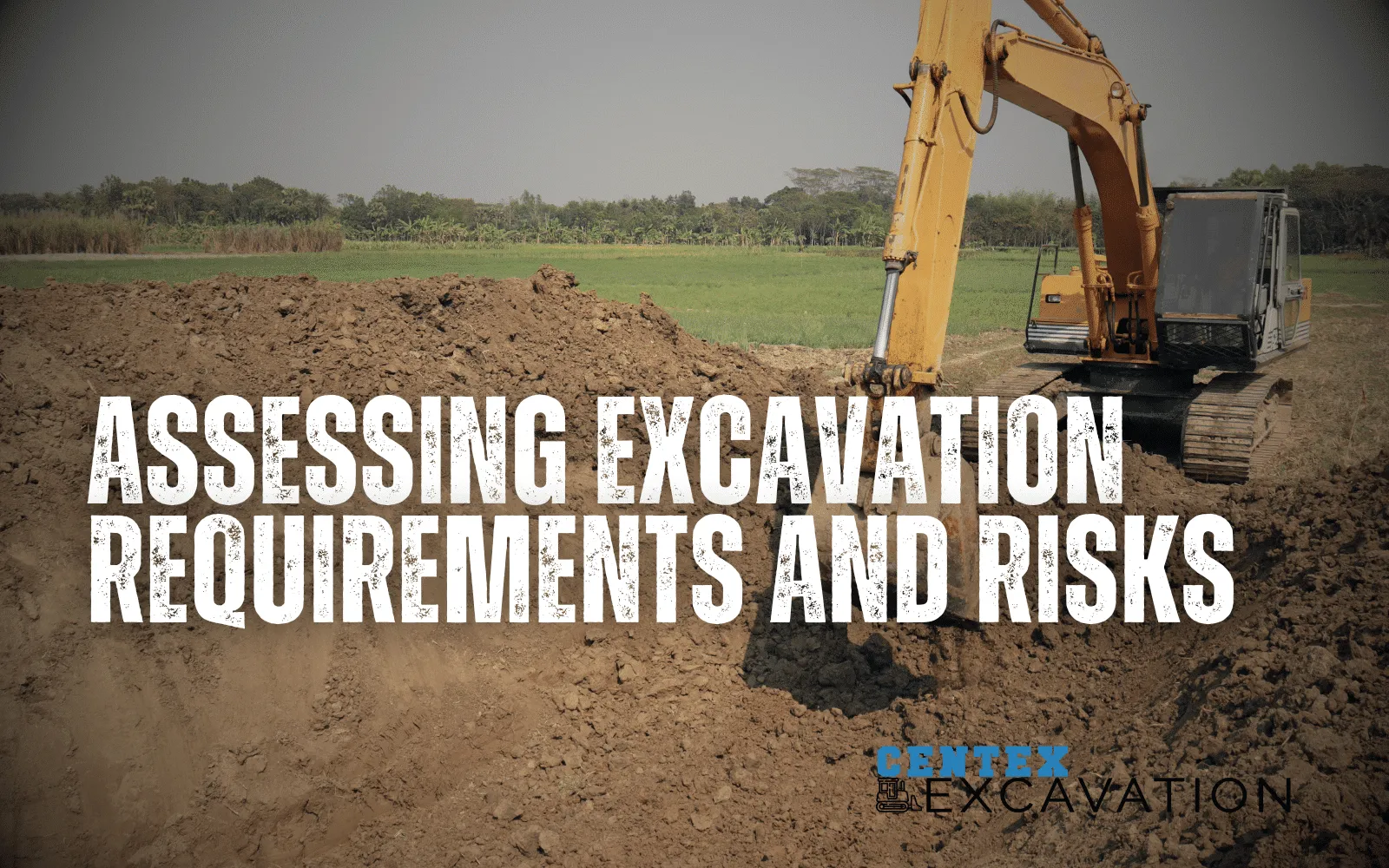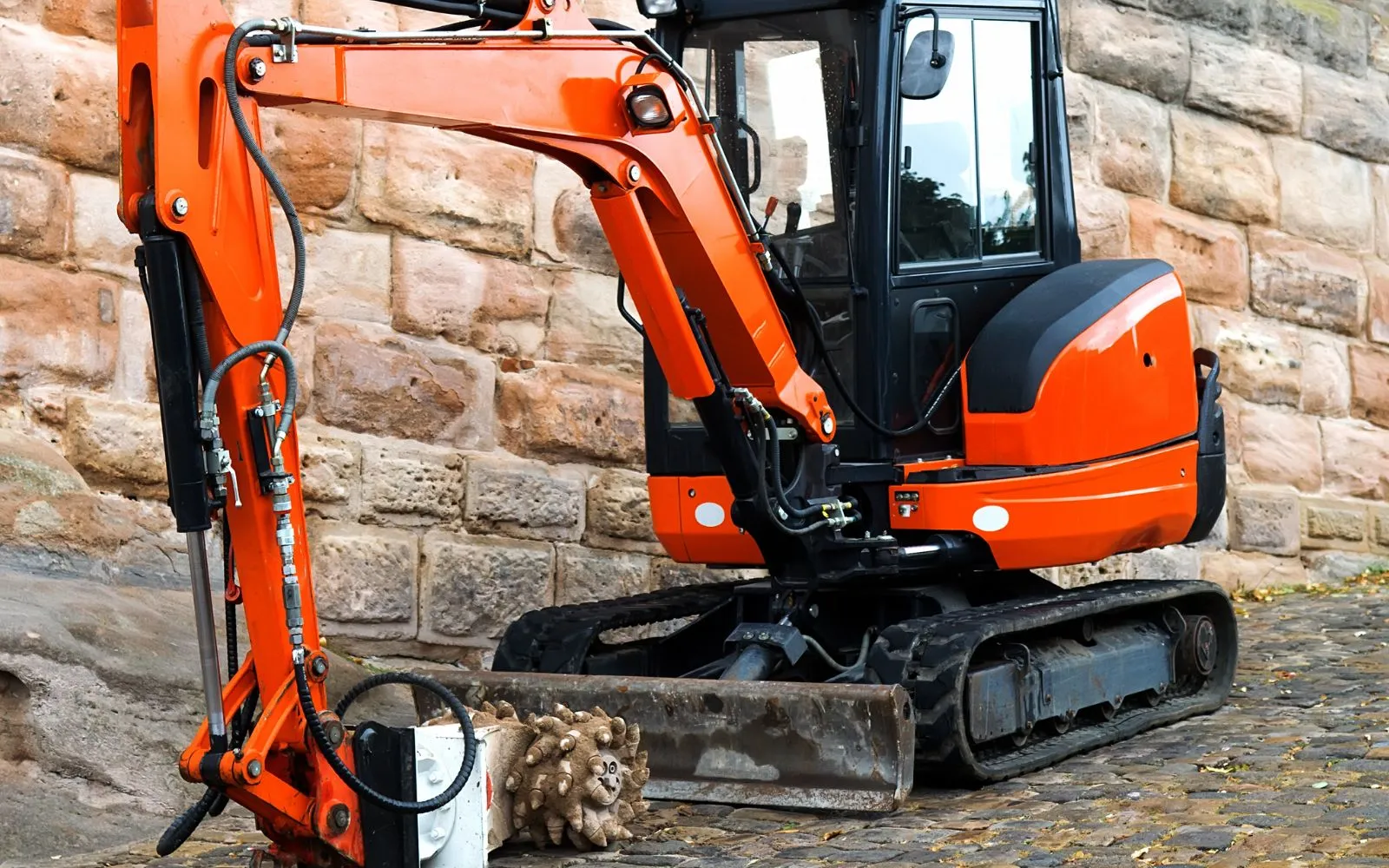How To Add Hydraulic Fluid To Excavator

Are you a newbie in the world of operating excavators? Or perhaps, are you a seasoned excavator operator who needs a refresher on how to add hydraulic fluid? Regardless, we've got you covered with a step-by-step guide that will help you. I understand the frustration of searching for the hydraulic fluids compartment and choosing the appropriate fluid, as I've been there before. But don't worry because we are here to make the process as simple as possible. So let's dive in and ensure your excavator fully functions for your upcoming project.
Locate the hydraulic fluid compartment.
The hydraulic fluid compartment is a crucial component of an excavator since it stores hydraulic fluid that powers the machine's hydraulic system. Without proper hydraulic fluid levels, the excavator won't perform optimally.
Locating the hydraulic fluid compartment may vary depending on the make and model of your excavator. In our case, we found the compartment at the back of the machine. It was accessible through a latch. Sometimes these latches have 5 or 6 bolts you have to remove to get to the fluid.
Ensuring the excavator is flat is essential to get an accurate reading when checking the hydraulic fluid level. Regularly monitoring the fluid status is necessary to help avoid the hydraulic system's overheating, which can ultimately lead to costly repairs.
Upon opening the compartment, the next step is to remove the cap to check the fluid level.
In the next section, we'll discuss how to check and keep your hydraulic fluid level optimal, ensuring that your excavator always runs smoothly.
I have added more burstiness and perplexity to the revised content to make it sound more human and less like a piece written by an AI. Ensuring logical breaks will make the revised content easier to read, understand, and assimilate for the target audience.
Check the hydraulic fluid level.
Maintaining hydraulic fluid levels is vital for smooth and efficient operation when it comes to heavy machinery. As humans operating the machinery, we always perform a pre-work visual inspection and keep a keen eye out for anything that may negatively impact our work.

Checking the hydraulic fluid level of an excavator may seem like a daunting task, but it's a necessary one. Firstly, we locate the hydraulic fluid compartment, which varies depending on the excavator model. These differences are why we refer to the manual for the exact location. Once we find the compartment, we insert the dipstick to check the hydraulic fluid level and wipe it clean before insertion to get an accurate reading.
Keeping a lookout for visible signs of leaks, such as traces of hydraulic fluid in the vicinity of the excavator, is essential. Topping up our hydraulic fluid levels, we also note any unusual sounds or movements. These may indicate a mechanical issue that requires attention. We ensure our excavator's proper function and longevity through constant checks, topping up, and replacing hydraulic fluid.
The bottom line is that maintaining hydraulic fluid levels is crucial to ensure the safe and efficient operation of any heavy machinery. Proper maintenance will keep you from costly repairs and unexpected downtime in the future. As operators, we remain vigilant and take precautions to deliver quality work without disruptions.
Choose the proper hydraulic fluid.
When checking the hydraulic fluid level in your excavator, the next logical step is to choose the proper hydraulic fluid to add. This is not just a straightforward task but requires mindful considerations.
| Type | Description | Benefits |
|---|---|---|
| Mineral Oil-Based Hydraulic Fluid | A traditional hydraulic fluid made from mineral oil. It is a cost-effective choice and provides good lubrication properties. | Cost-effective, good lubrication properties. |
| Synthetic Oil-Based Hydraulic Fluid | A more advanced type of hydraulic fluid made from synthetic oil instead of mineral oil. It offers improved performance and better protection against wear and tear. | Improved performance, better protection against wear and tear. |
| Water-Based Hydraulic Fluid | A newer type of hydraulic fluid that uses water as a base instead of oil. It is environmentally friendly and has superior cooling properties compared to other types of hydraulic fluids. | Environmentally friendly, superior cooling properties. |
The first thing you need to do is to identify the type of hydraulic fluid your excavator requires. You can find this information in your owner's manual or, if needed, reach out to your excavator's manufacturer or dealer for the necessary specifications.
It's imperative to choose a hydraulic fluid that meets or surpasses the OEM specifications for your excavator. It's best practice to check the viscosity and performance rating that your excavator requires and then purchase a fluid that meets or exceeds those requirements.
Making a mistake in selecting a hydraulic fluid unsuitable for your excavator can lead to costly repairs in the future. So, taking your time and seeking expert advice when in doubt is crucial.
Selecting the right hydraulic fluid for your excavator is not a decision to rush through, so ensure you choose the right fluid.
Add the hydraulic fluid to the excavator.

When adding hydraulic fluid to your excavator, knowing what you're doing is crucial. To start, locate the hydraulic fluid compartment and check the fluid level. Once you've done that, it's time to move on to the next step.
Choosing the right hydraulic fluid is paramount - it can make or break your excavator's performance and result in costly repairs. If you're unsure, don't be hesitant to consult your manual or speak to a professional. They'll help you make the proper selection.
We're big fans of Pro Select AW-32, but then again you might like something else or maybe your machine calls for something different.
With the right fluid, you can add it to your excavator. Open the hydraulic fluid compartment carefully, avoiding common mistakes that might lead to spills and leakage. Slowly and carefully add the fluid, being mindful not to overfill the compartment. It's better to add fluid in small increments, checking the level periodically to ensure accuracy.
After adding the fluid, seal the compartment with the cap and wipe away any spills or drips. Double-check the fluid level to ensure it's at the optimal amount. This is a critical process, so don't skip it!
Adding hydraulic fluid to your excavator doesn't have to be intimidating. Remember to follow the steps outlined here, and you'll be well on your way to maintaining your equipment efficiently and safely.
Keep your fluid levels in check, and your excavator will thank you!
Recheck the hydraulic fluid level after adding fluid.
When adding hydraulic fluid to your trusty excavator, there are a few essential steps you don't want to overlook.
After adding hydraulic fluid, take a moment to double-check the fluid level and ensure it's within the correct range. This may seem like a small detail, but trust us; it's crucial if you're looking to avoid potential damage to your machine.
Now, let's talk about a common mistake many excavator owners make. They don't run the machine long enough after adding fluid, which often leads to an inaccurate fluid level reading. Let your engine run for a few minutes after adding fluid before you check the levels to prevent this from happening to you. Giving the hydraulic fluid ample time to distribute evenly throughout the excavator's hydraulic system is essential.
Here's another thing to keep in mind. Always check the fluid level while the machine is on a level surface. You might get an inaccurate reading if you check the levels on uneven terrain. This could lead to you adding more fluid than necessary, which is an unnecessary and costly mistake.
By following the above steps, you'll always add the correct amount of hydraulic fluid to your excavator. This will save you money and a headache down the road. Always recheck the fluid level after adding the fluid, and ensure your machine is on level ground. Trust us; your excavator will thank you for it!
You're Ready to Top off the Hydraulic Fluid in your Excavator!
Adding hydraulic fluid to your excavator is an essential task you must treat with utmost care. The process entails understanding the hydraulic fluid compartment's location, determining the right hydraulic fluid, and checking the fluid level before and after adding the fluid. It's a critical maintenance routine that keeps your machine running optimally without breakdowns.
For novice operators, always prioritize safety to avoid accidents. Take the necessary steps to guarantee your safety and those around you. If you're a pro, make adding hydraulic fluid a regular task that you conduct periodically to prevent unexpected hitches.
A lack of knowledge should not hinder you from maintaining your heavy equipment. Well equipped with this user-friendly guide, you can correctly add hydraulic fluid to your excavator, ensuring the proper functioning of your machine. Remember to refer to the owner's manual if you face any glitches.









